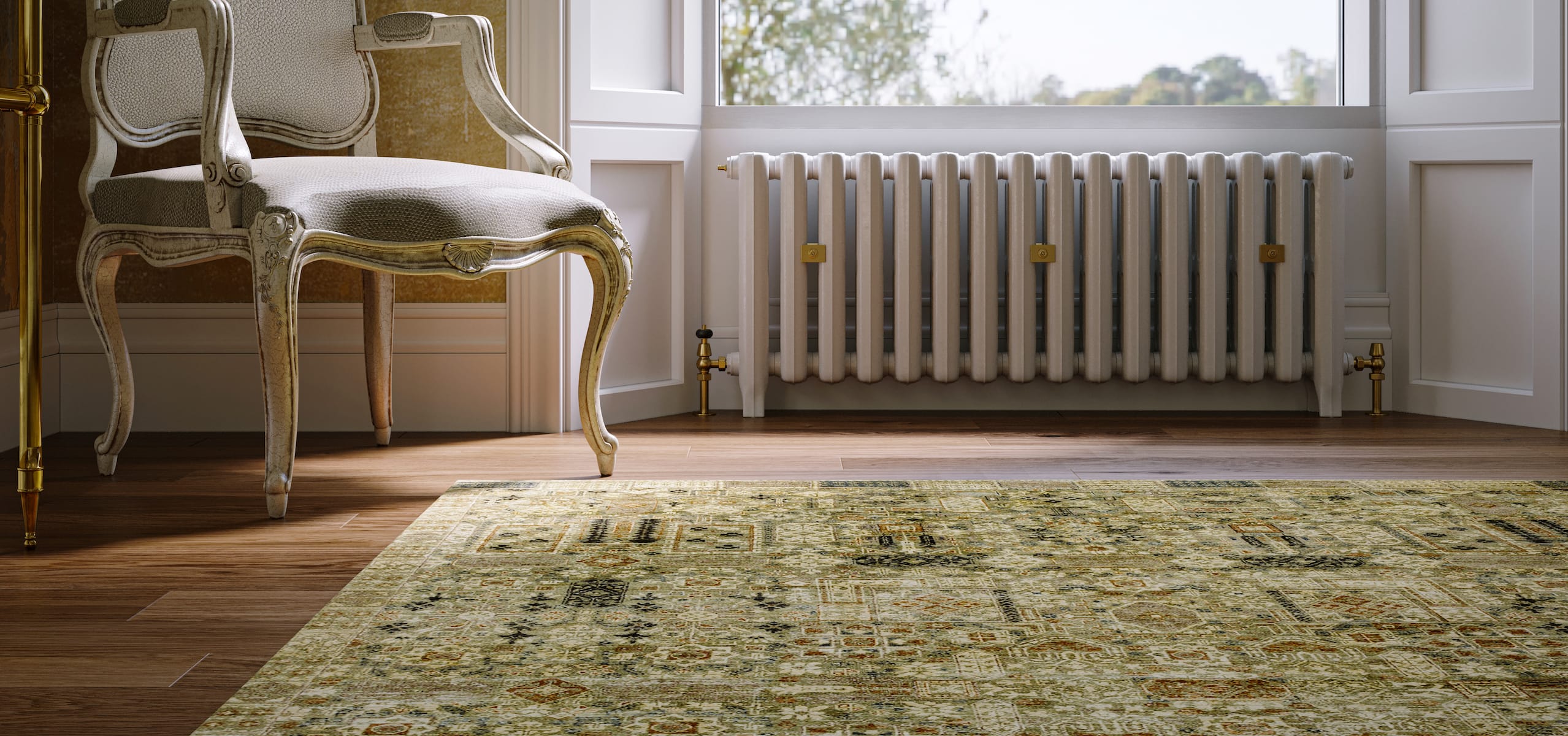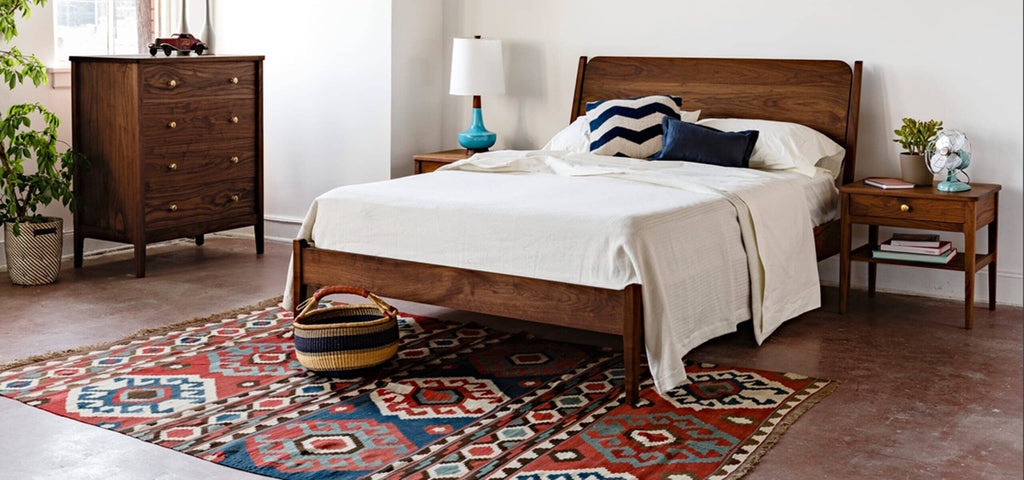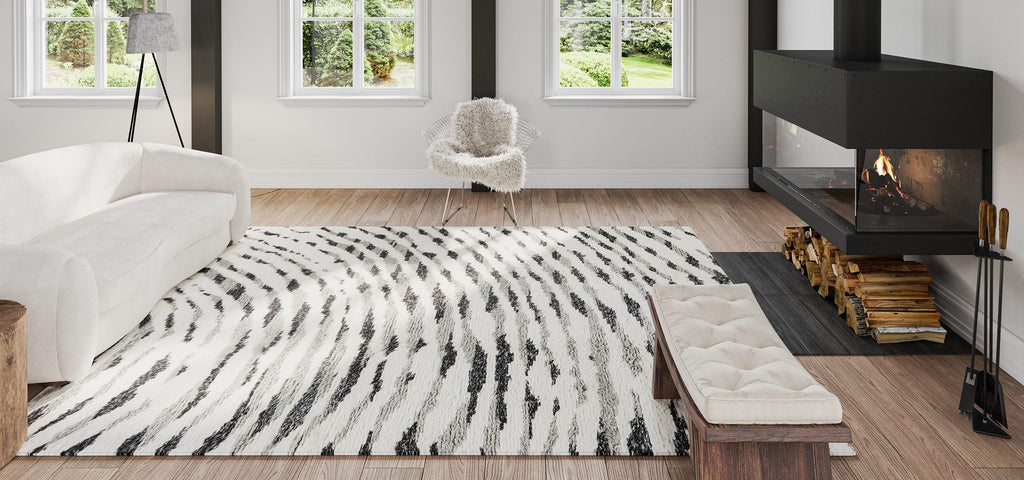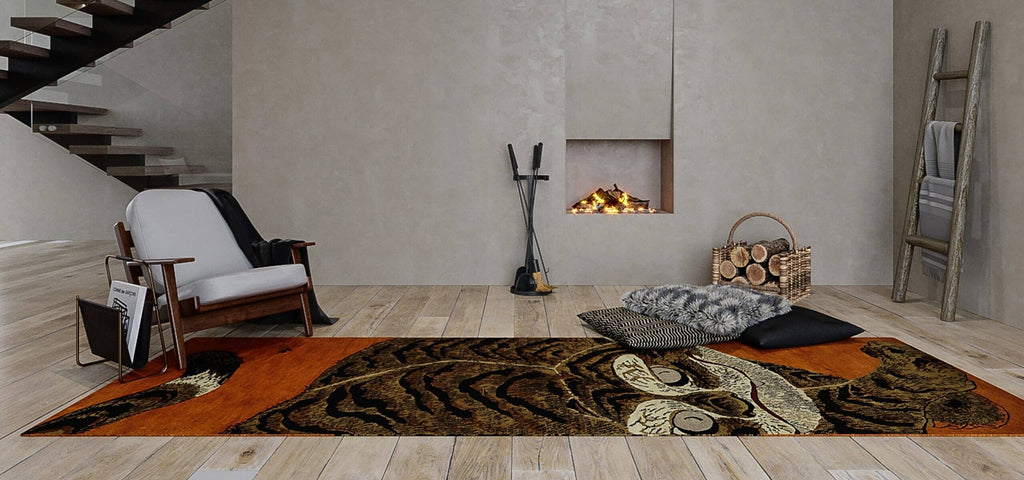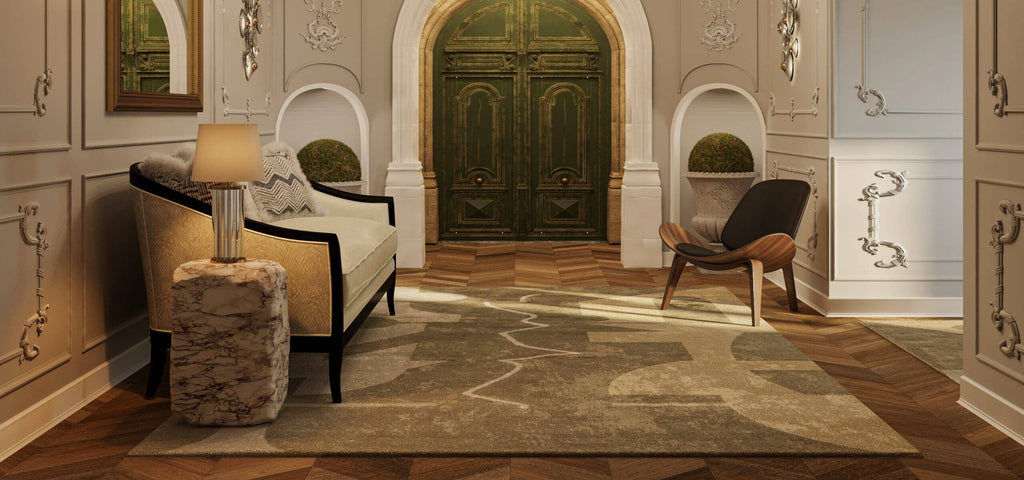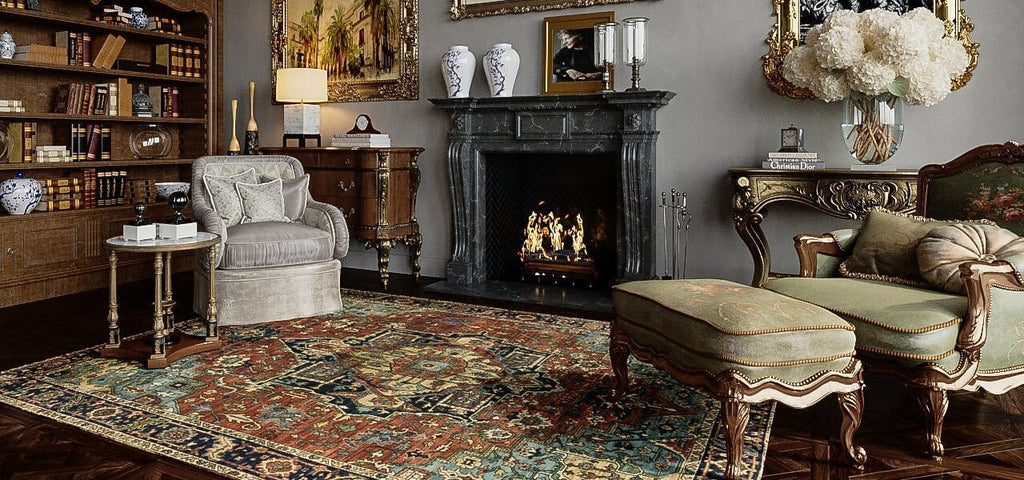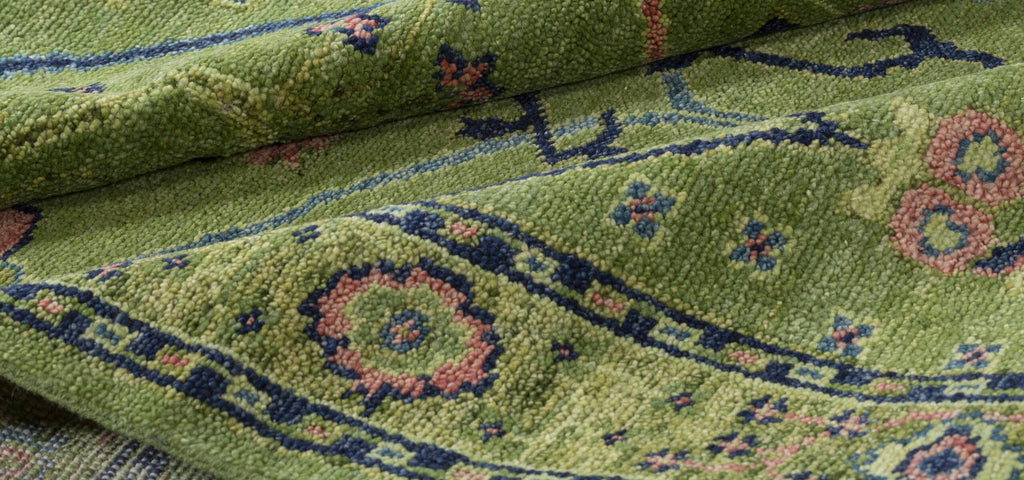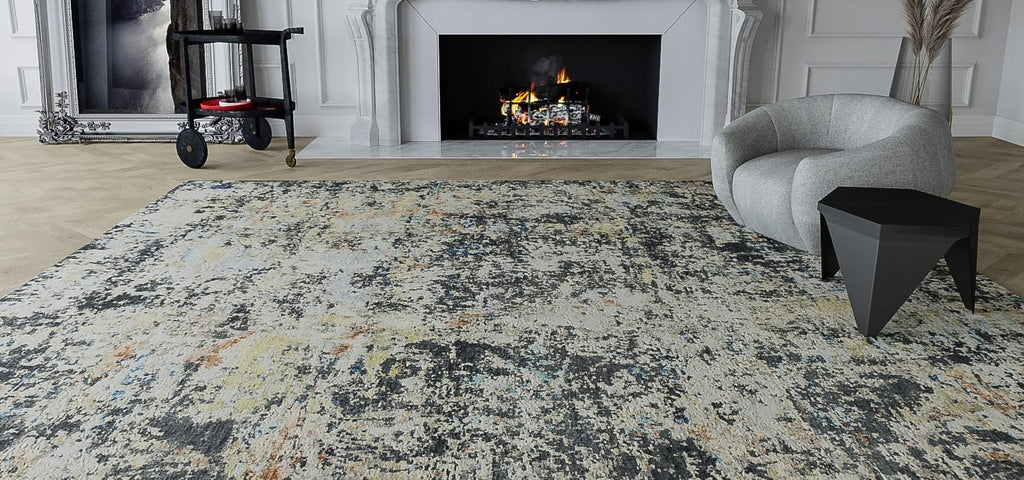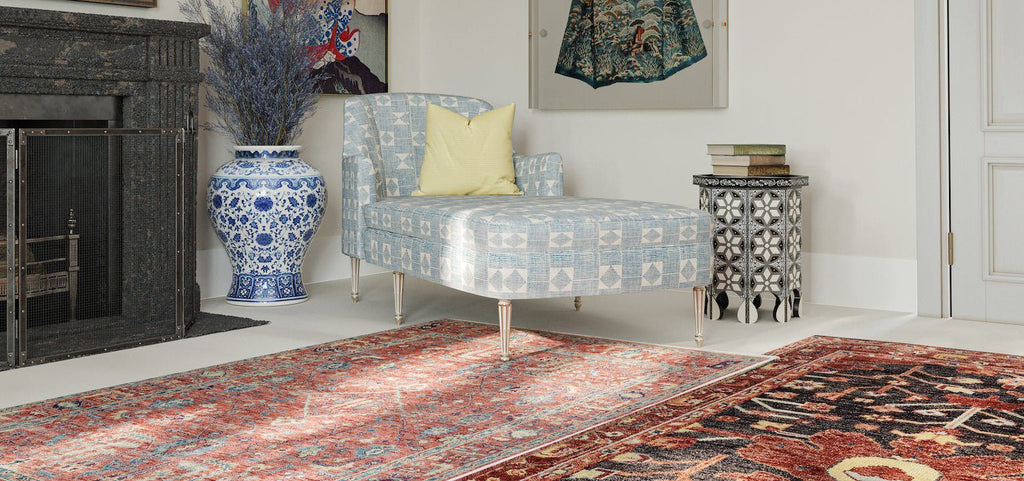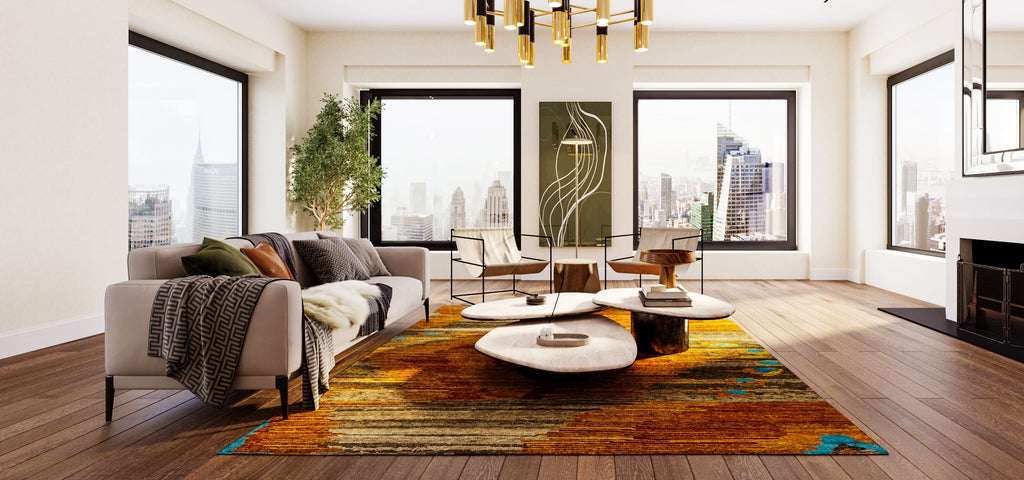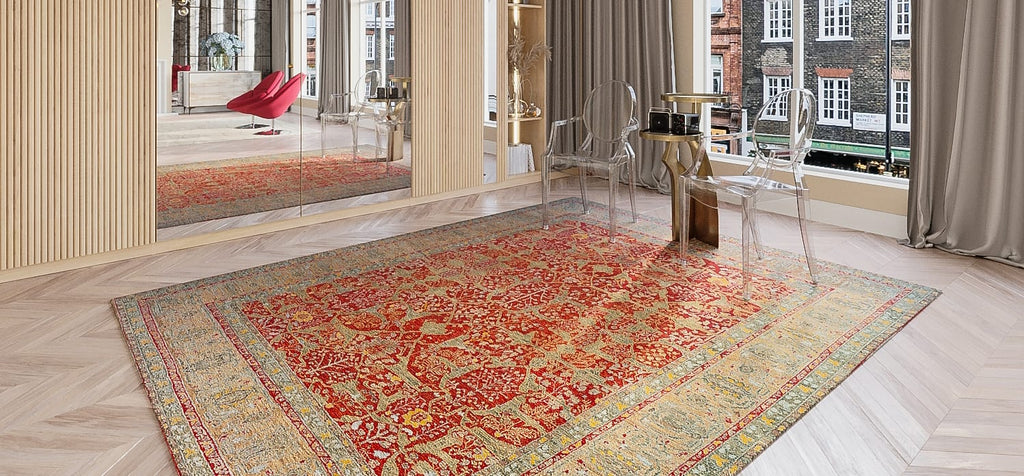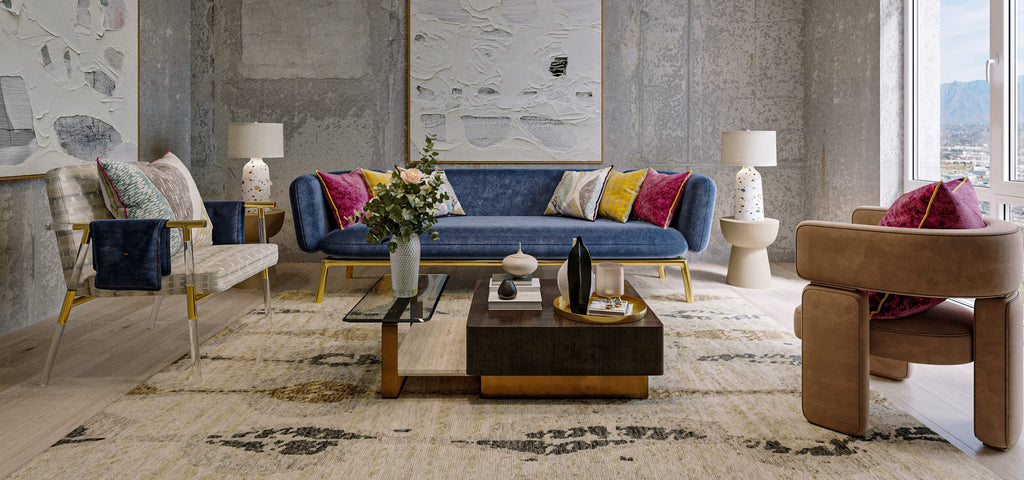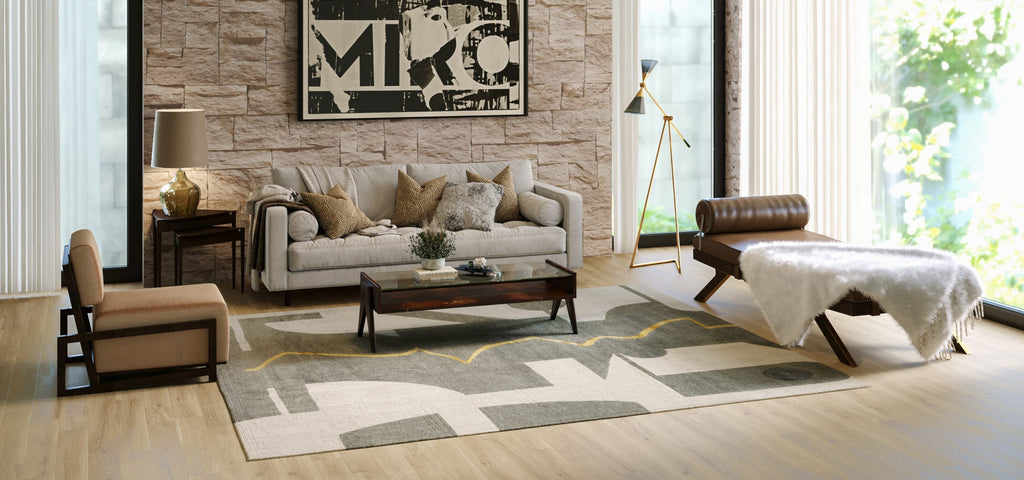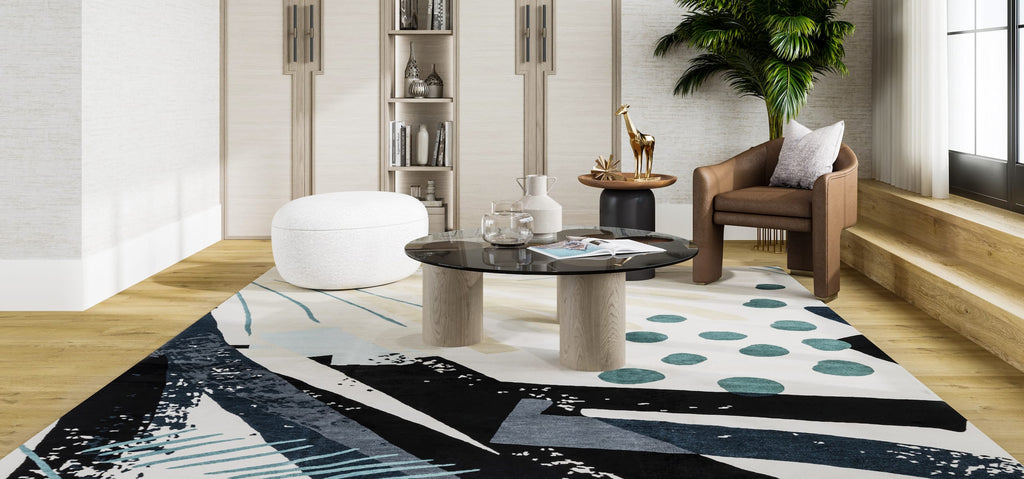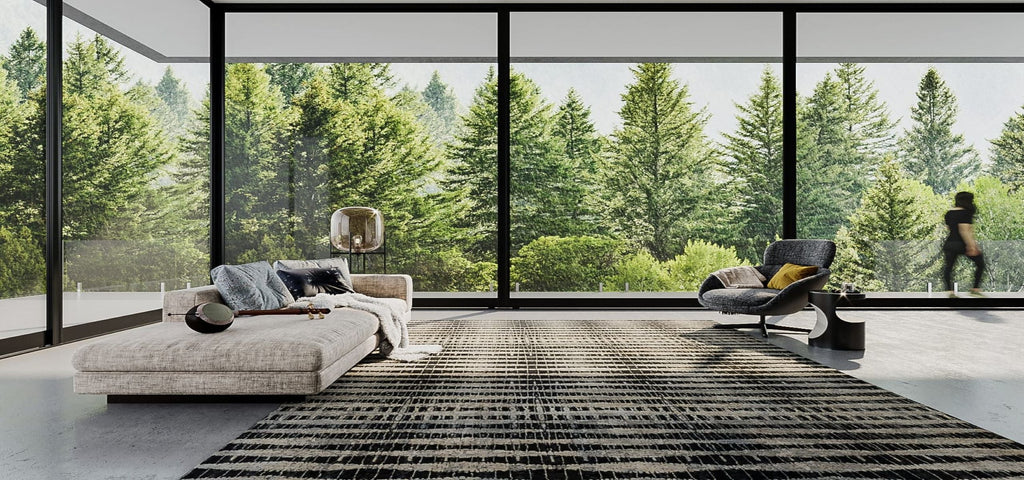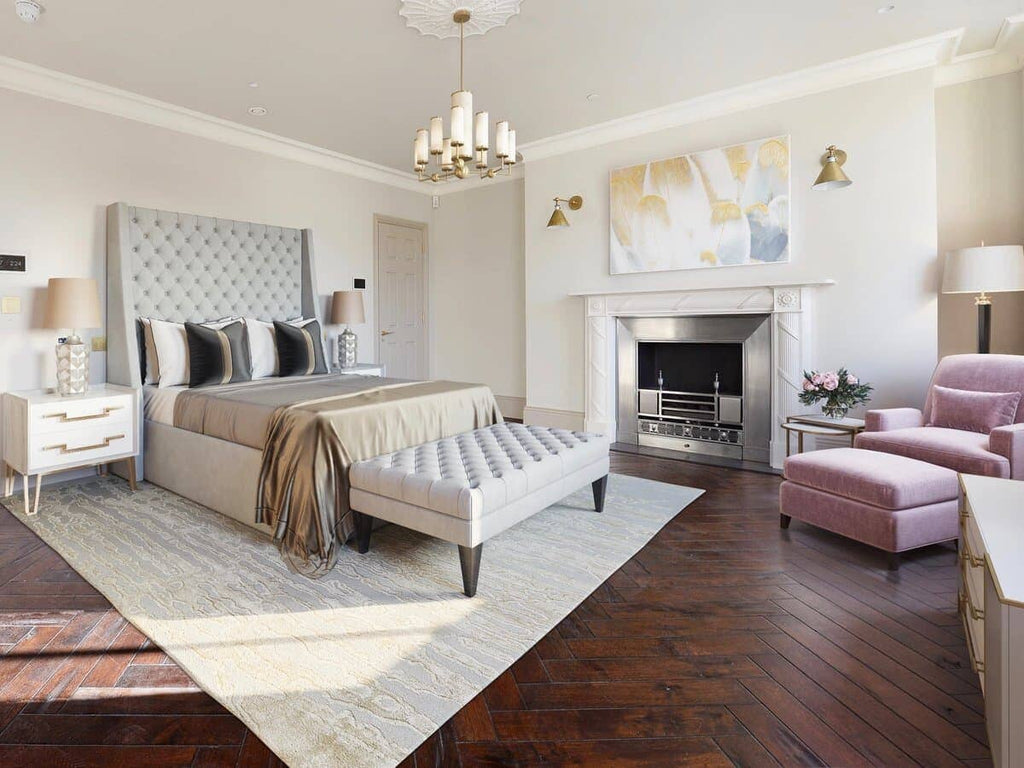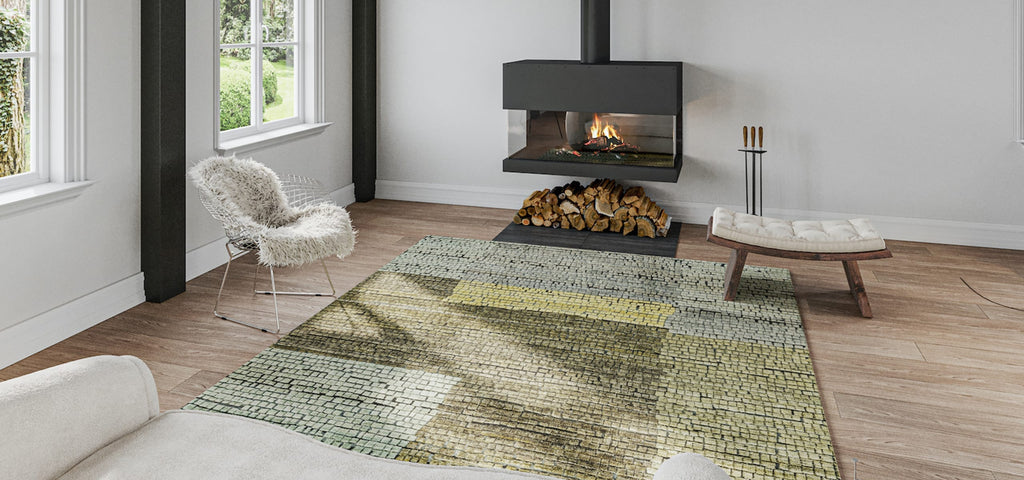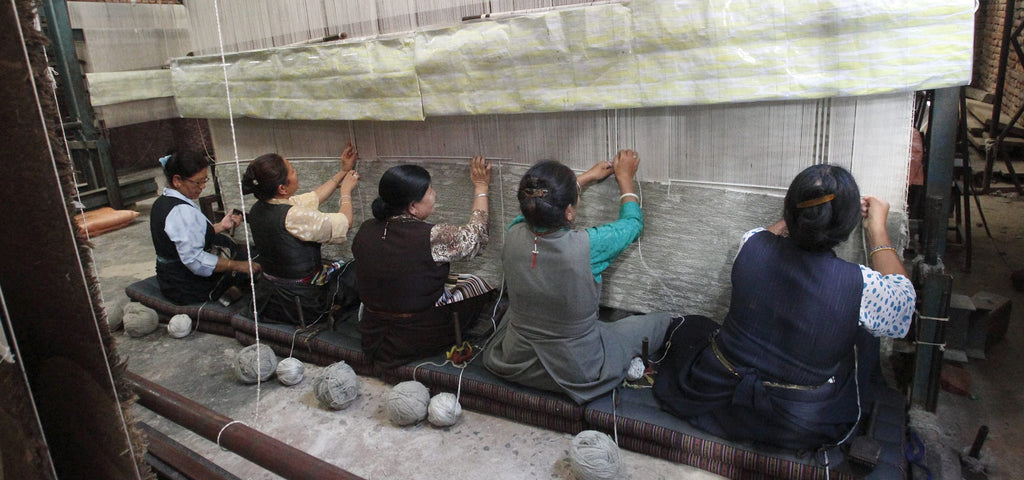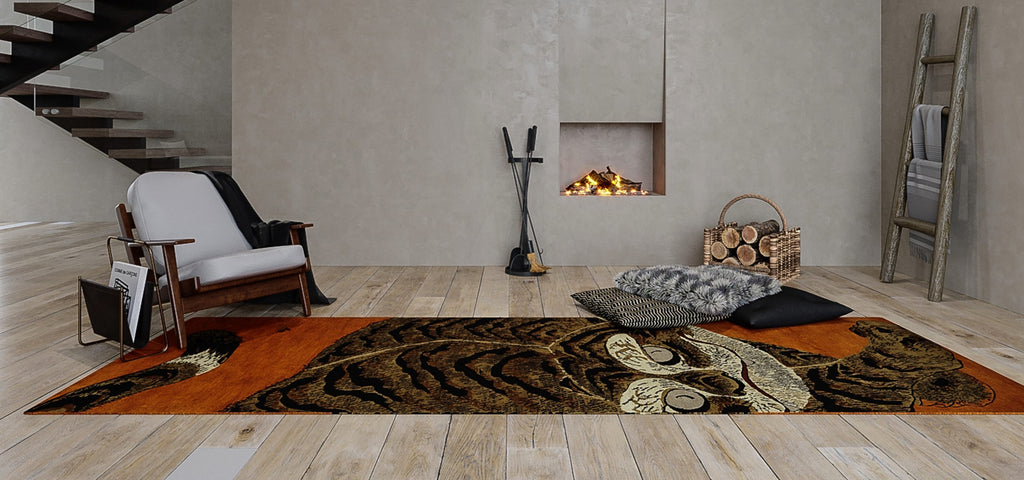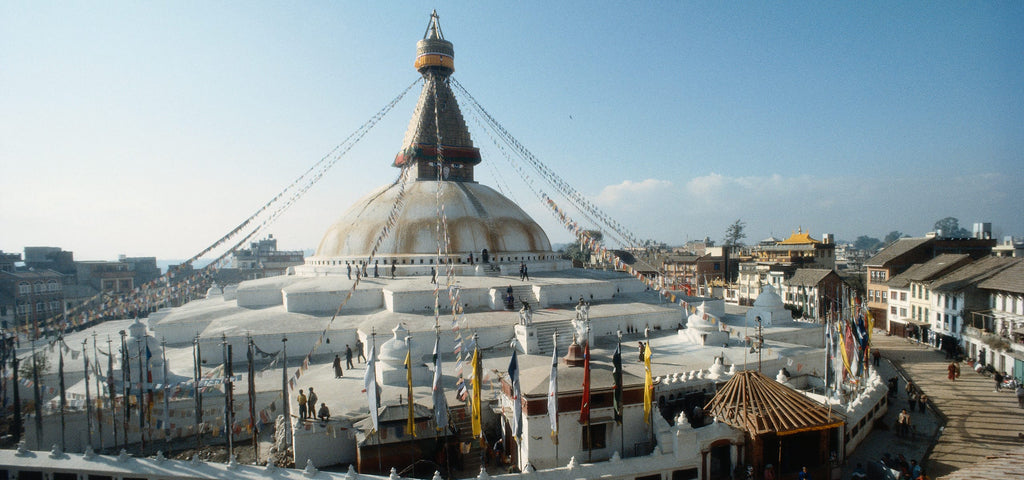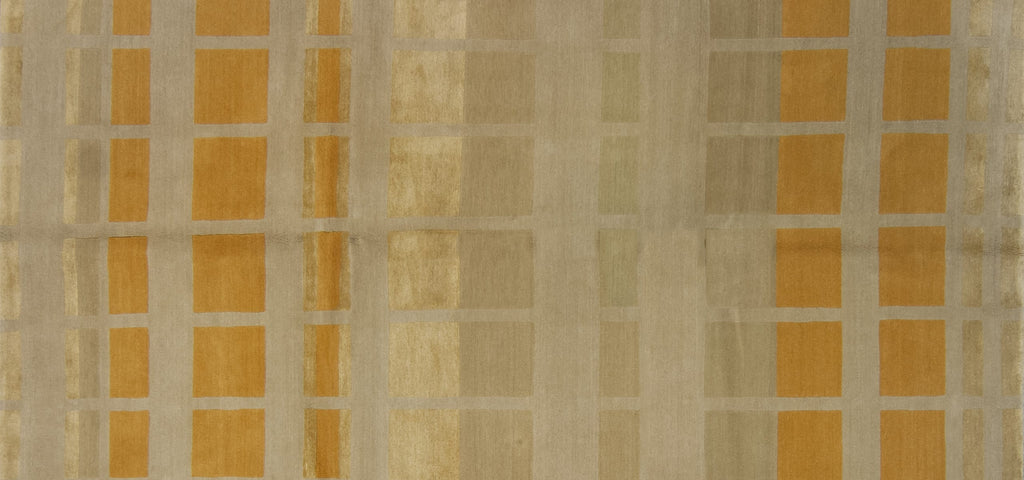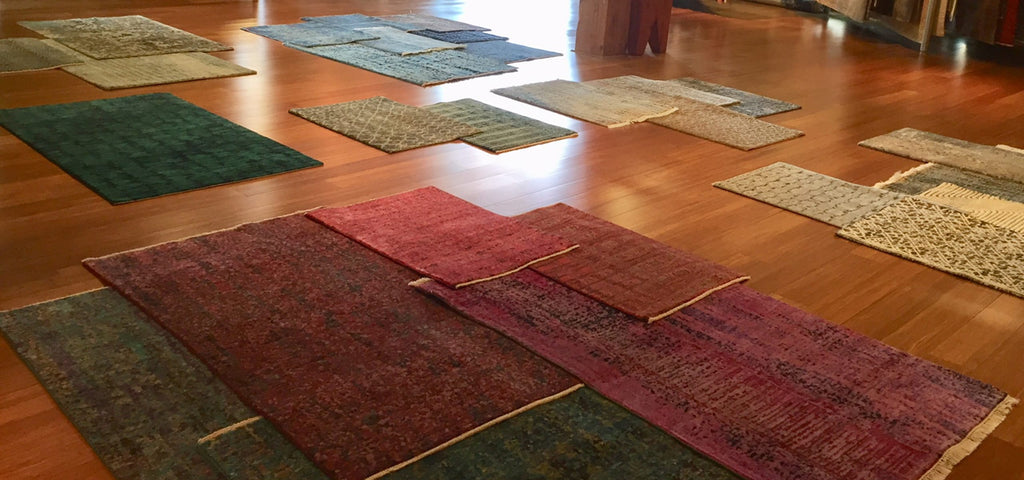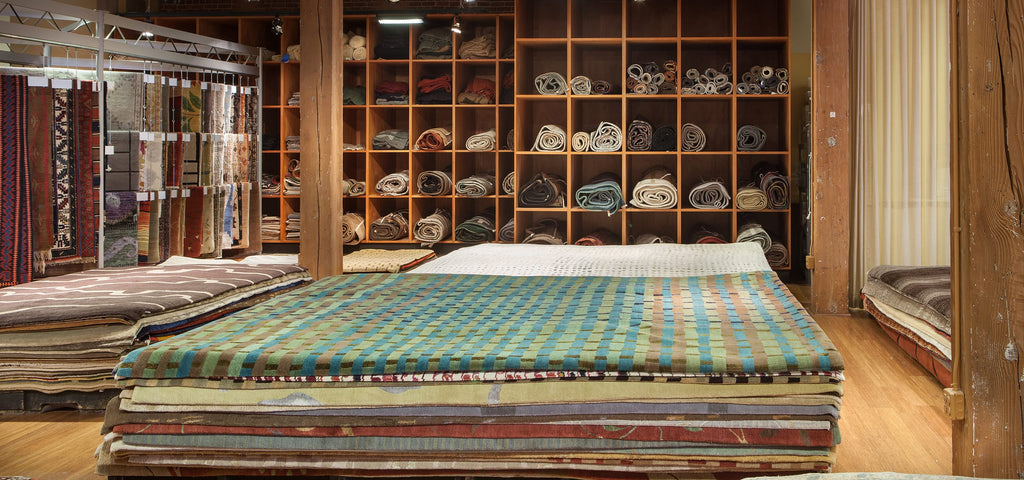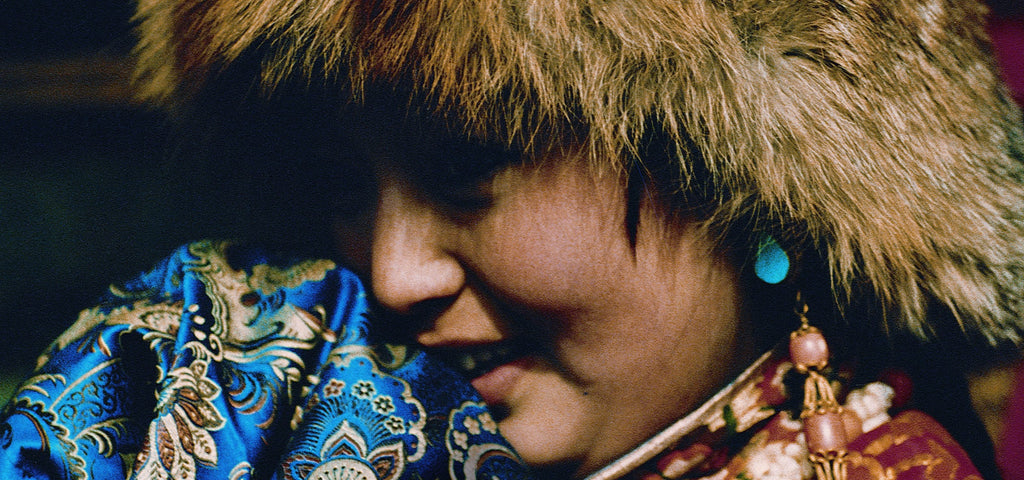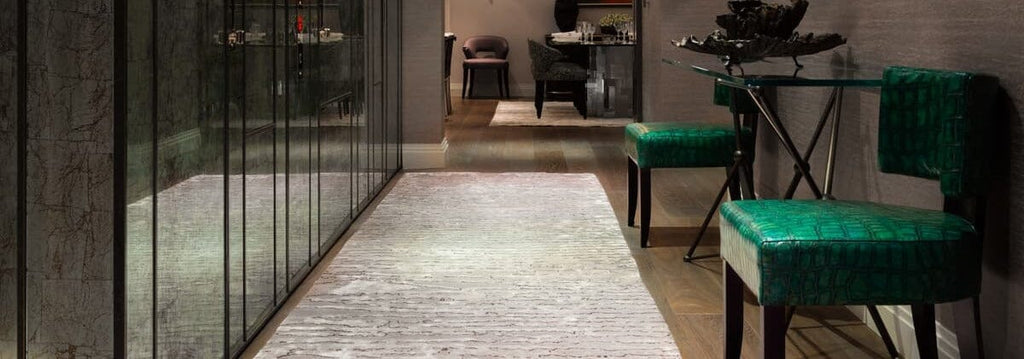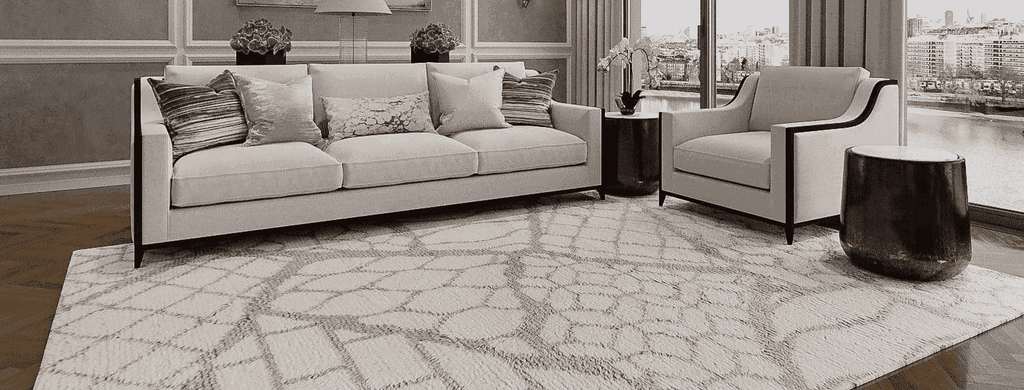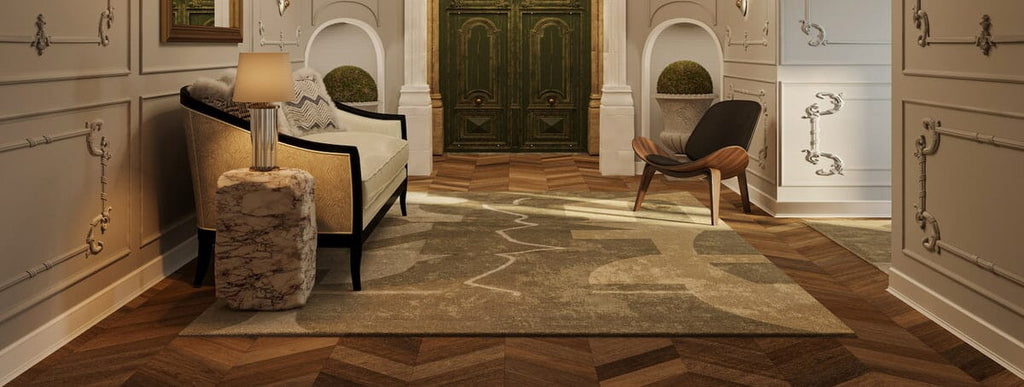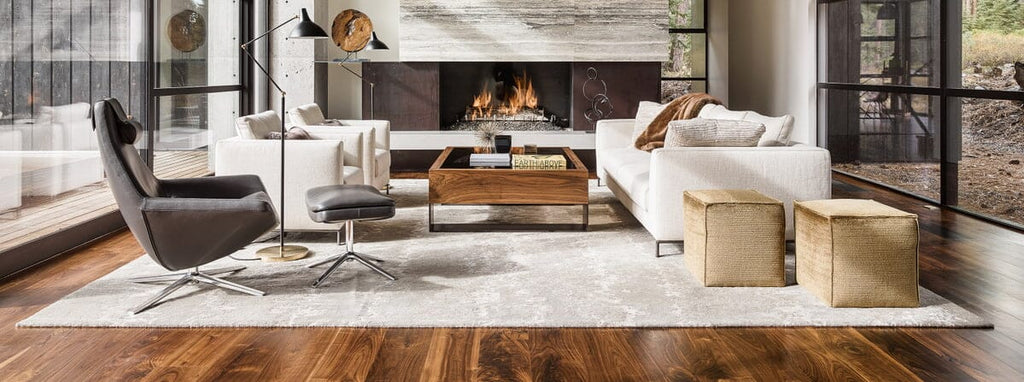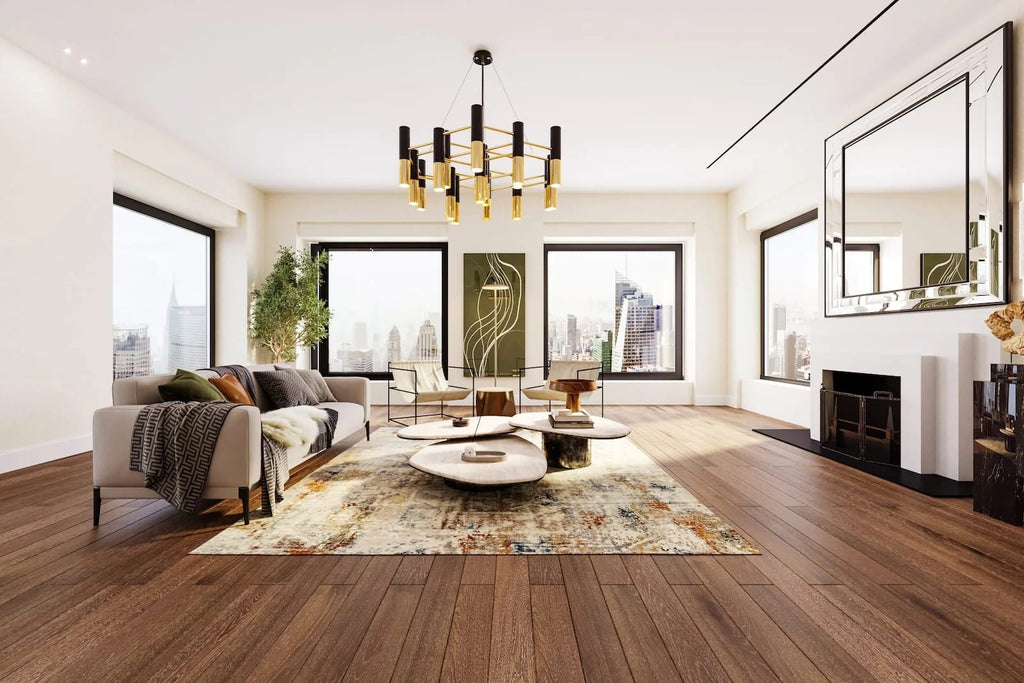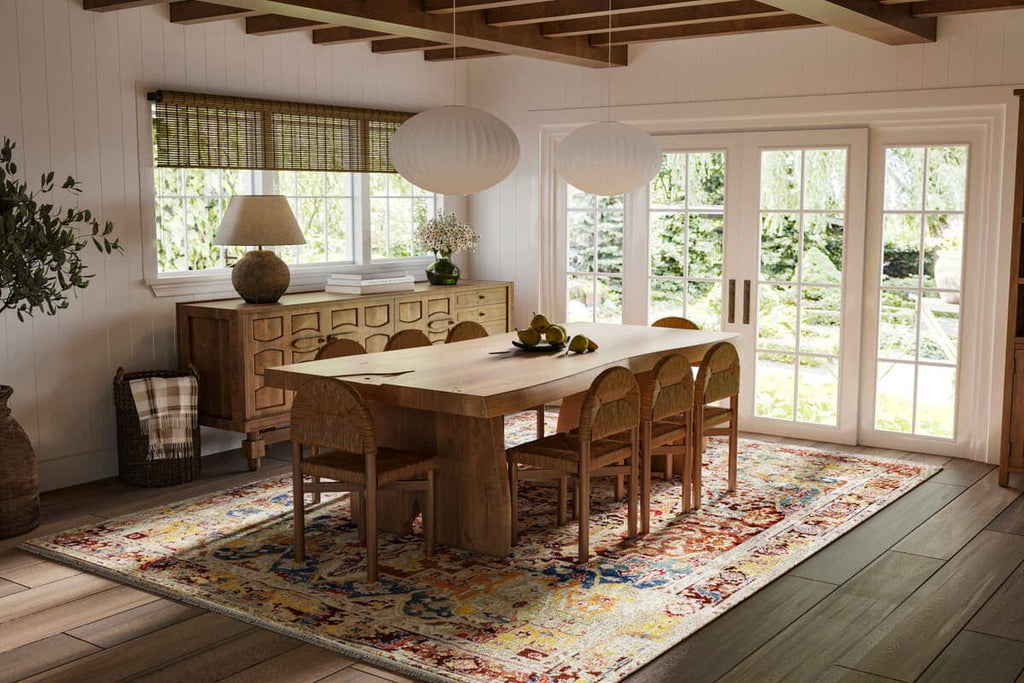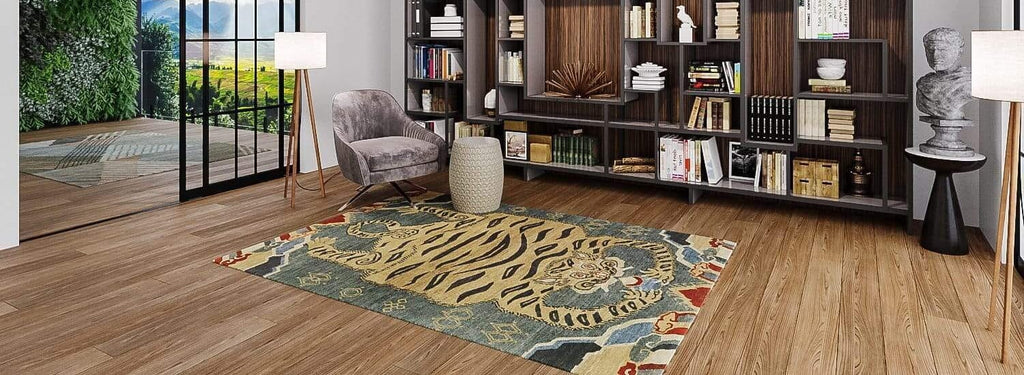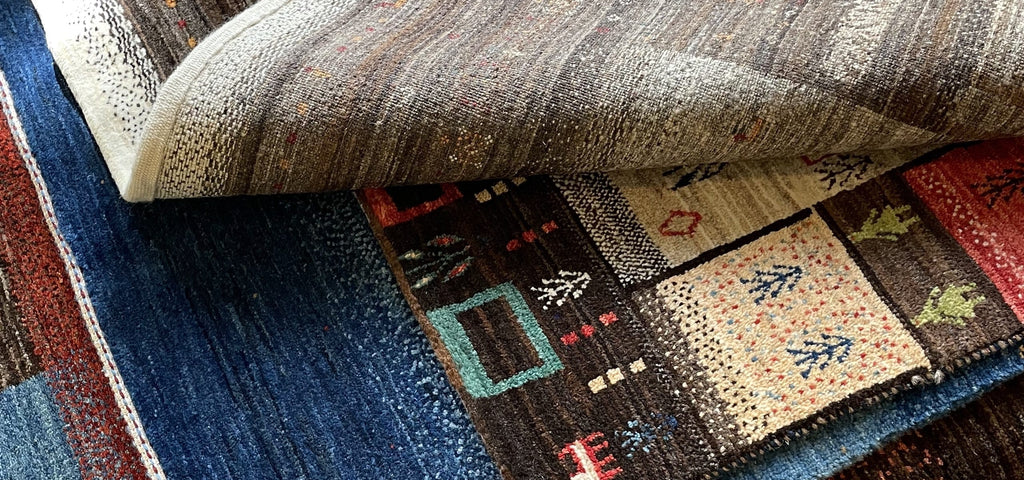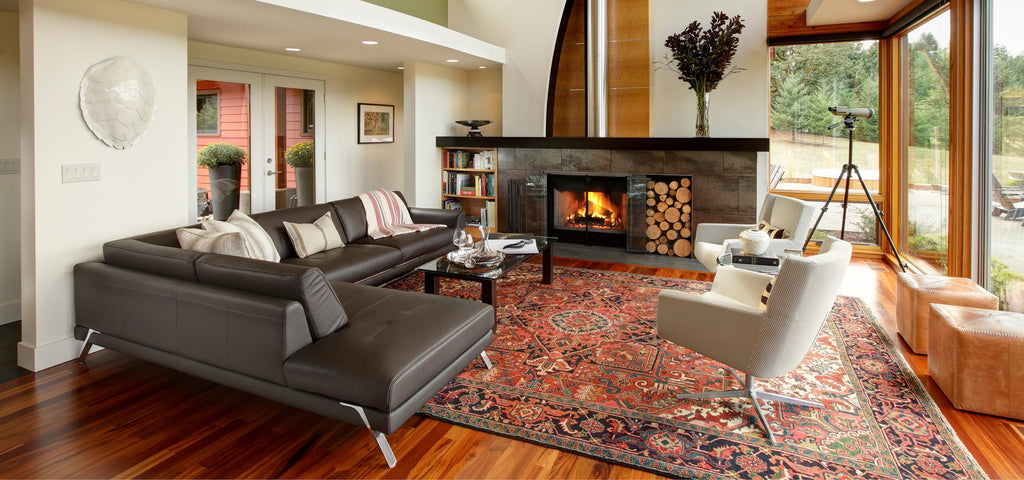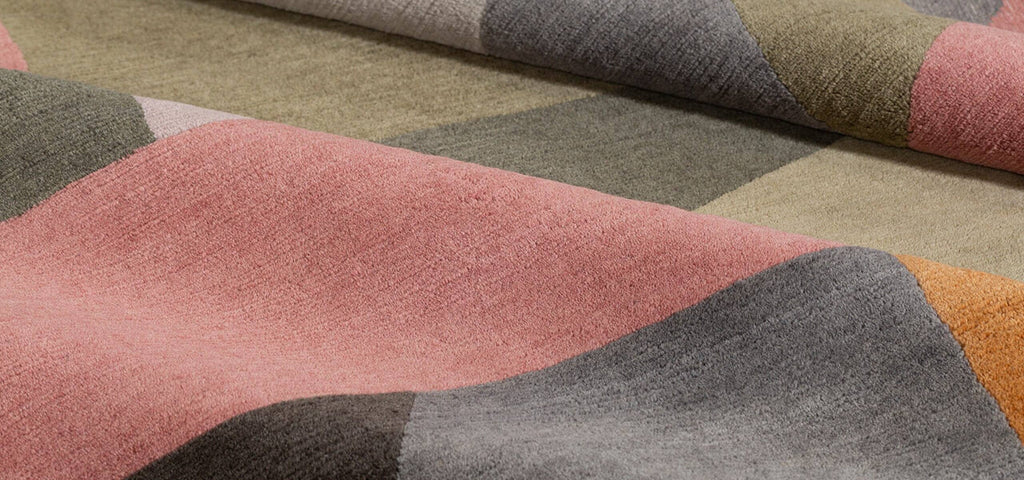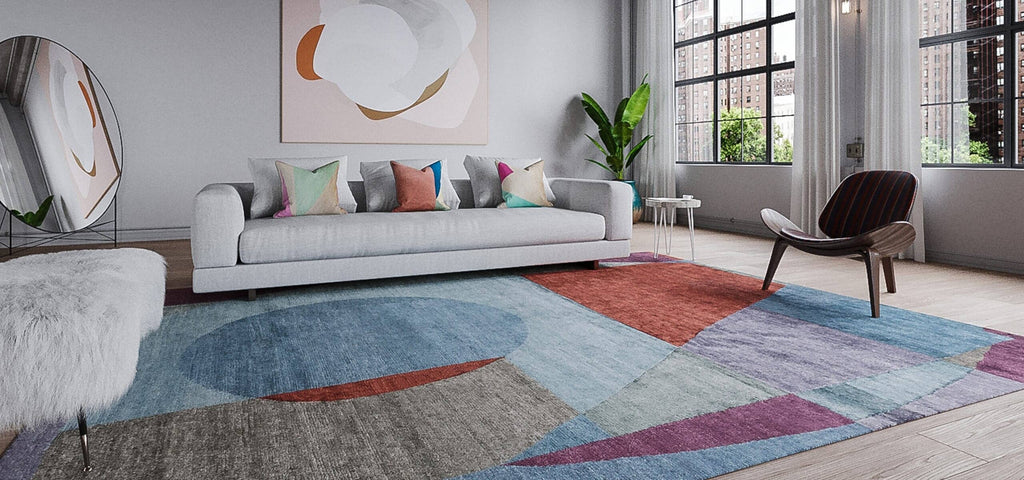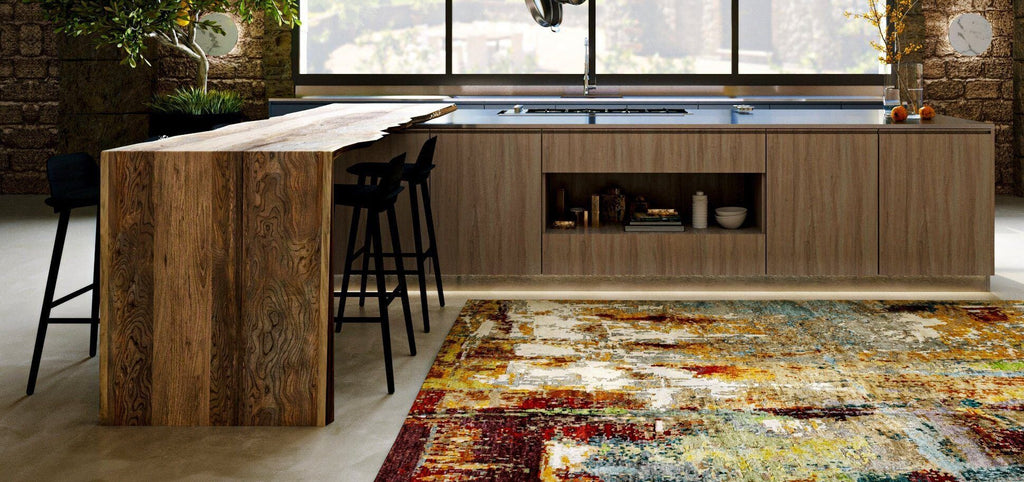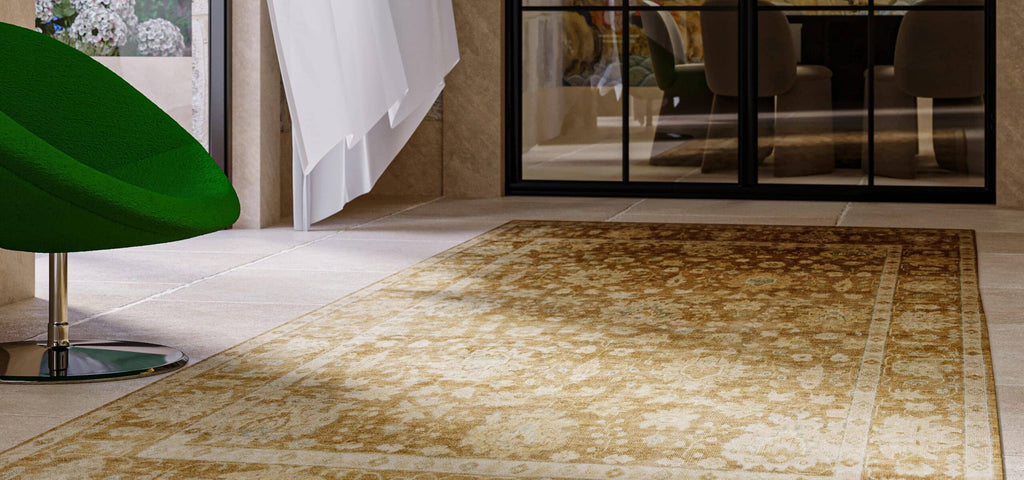If you have ever asked yourself why are rugs so expensive? Or, how much do rugs cost? Why do some rugs cost more than others? And, is an expensive rug worth the money? Then you are not alone. These questions can start swirling around in your head once you begin shopping for a carpet. As you navigate the wide range of prices, it’s essential to know precisely what makes a rug valuable.
Learn more with Tufenkian’s guide on the factors that determine the cost of a rug.
Why Are High Quality Rugs So Expensive?
Material Type
Natural materials such as wool and silk will increase the price of a rug because they’re strong and durable. Silk is the most expensive because it takes a lot of time and effort to extract silk from silkworms and process it into a workable material. Silk can be spun exceptionally fine and takes dyes well.
Quality
High quality wool rugs are pricier because they can last for decades while keeping their color and pattern. Not only do they hold dyes well, but they also repel stains and soil thanks to the natural lanolin found in wool. The elasticity and resilience of this material contribute to its longevity and cost. Make sure that the wool used in your rug of choice is not over-processed: stripping or bleaching can result in very white wool, but also removes the lanolin that makes wool so stain resistant.
Every rug produced by Tufenkian uses the finest materials available. Most of our designs are made wholly or partially of wool from the Himalayas or Caucasus Mountains, but you’ll also find blends of delicate silk, Tufenkian bamboo silk, hemp, angora and linen.

Construction Method
Hand-knotting is the most expensive way to make a rug. It’s difficult, time-consuming work, but it’s the best method when it comes to quality. For example, a 9'x12' / 274x366 cm Tufenkian carpet is composed of up to 1.5 million individually hand-tied knots. It takes months or even a year to craft such an intricate rug.
The hand-tufting method is a bit cheaper and faster than the hand-knotted process. The rugmaker places strands of wool or yarn on a frame then punches them through with a tufting tool. Hand-tufted rugs can appear manufactured and don’t last as long as hand-knotted carpets. They also tend to lack density.
Machine-made rugs are the cheapest and least time-consuming to create, but they have a short lifespan. These carpets are often made from synthetic materials which cost less than natural materials. Because a machine-made rug is not as durable as a handmade rug, you’ll have to replace it sooner than later.
Country of Origin
You may be asking yourself ‘why are Persian rugs so expensive’? Well, where your rug was made makes a significant price difference. Carpets produced in a country where generations of families have been doing this work for years are going to cost more than in a nation where labor is cheap and machines are used.
Every rug we weave from Tibetan wool is produced in Nepal. These rugs account for about 80% of our current production. These rugs are crafted with techniques used for thousands of years, and include the Tibetan Loop Senneh knot. We also produce rugs in Armenia with wool from Caucasus Mountain sheep using the traditional Persian Senneh knot technique, among others.
Rug Size
The larger your rug, the more it’s going to cost. Carpets are generally priced by square foot or square meter. That’s why it’s crucial to get the right size from the start. A rug that’s too big will overpower the space and make you spend more money than necessary.

Production Ethics
Another aspect that determines how much a rug costs is the ethics used during its production. Rugs made in child labour factories with low wages are normally significantly cheaper, and obviously sell at much cheaper prices. Rugs increase in price when the materials, production methods and labor force are well paid and treated with respect and humanity.
Why Are Rugs So Expensive: Explained
In reality not all rugs are expensive, however now you understand why a high quality rug is an investment. Instead of focusing on the price and asking, 'How much does a rug cost?'—you are ready to evaluate all the factors that go into determining a rug’s value.
At Tufenkian, tradition, pride, and passion are hand-woven into every carpet. Our products become more valuable each year as the number of craftspeople qualified to make them diminishes.
Explore our floral area rugs, bamboo rugs, and other collections online today. With our financing options, you can choose your luxury rug and enjoy it at home sooner. What are you waiting for? Shop our rug collection now.


